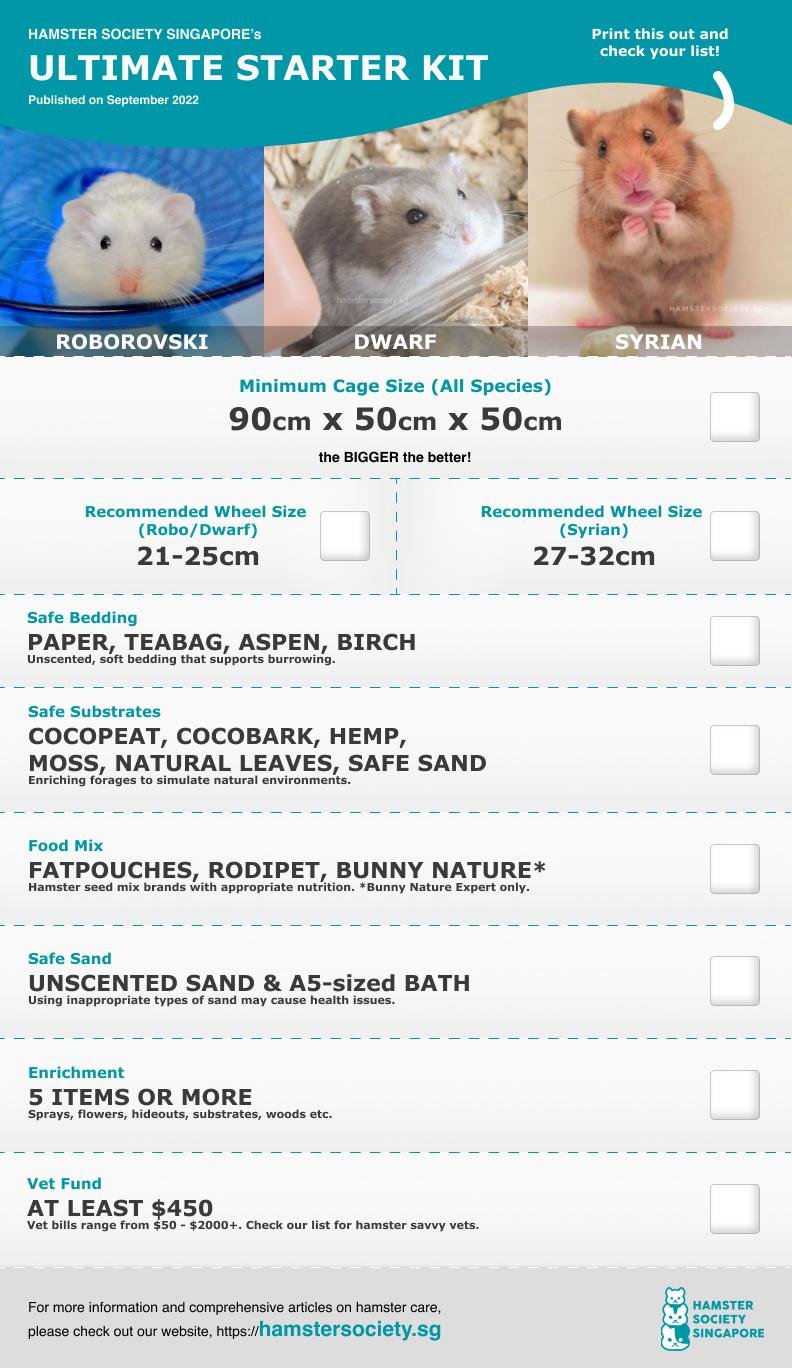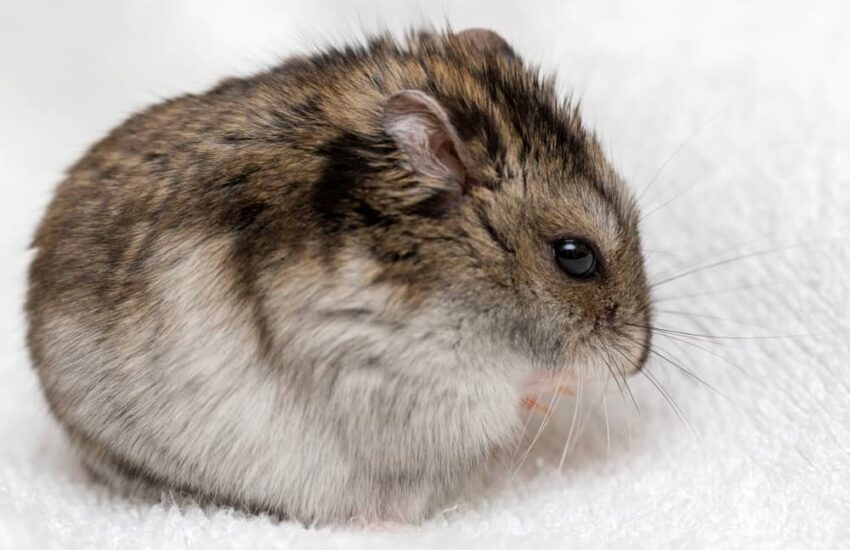The Ultimate Hamster Breed List
If you’re a hamster enthusiast or considering adopting a furry friend, understanding the different hamster breeds is essential. Each breed has unique characteristics, temperaments, and care needs. This ultimate hamster breed list offers an in-depth look into the most popular breeds, helping you choose the perfect companion for your lifestyle and preferences.
Understanding Hamster Breeds
Before diving into the various hamster breeds, it’s crucial to understand the fundamentals. Hamsters are small, nocturnal rodents that are popular as pets. Unlike dogs or cats, hamsters come in various breeds with differing characteristics. Whether you’re seeking a playful baby hamster or a calm adult, being aware of the attributes of each breed is vital to ensure the right match.
Popular Hamster Breeds
Among the **various breeds of hamsters**, some stand out due to their popularity. The **Syrian hamster**, often called the golden hamster, is one of the most recognized breeds. It is large and friendly, making it suitable for first-time pet owners. On the other hand, **Dwarf hamsters**, such as Roborovski and Campbell’s, are smaller and often more active, proving to be energetic companions.

Choosing the Right Breed
When selecting a hamster, consider factors like **temperament**, **size**, and **lifestyle**. For instance, if you’re a busy individual who might not have a lot of time for interaction, a larger Syrian hamster might be a good choice due to its friendly reputation. Conversely, if you have children who are eager to play, a gregarious Dwarf hamster could bring a lot of joy. Researching each breed will help in making a well-informed decision.
Dwarf Hamster Breeds
Dwarf hamsters are among the smallest breeds and are renowned for their playful personalities. The two most common types are **Campbell’s dwarf hamster** and **Roborovski hamster**. These dwarfs are social creatures that thrive in pairs or groups, making them an excellent choice for those looking for a lively habitat.
Campbell’s Dwarf Hamster
The **Campbell’s dwarf hamster** is known for its friendly demeanor and adaptability. Originating from Central Asia, they tend to be smaller than Syrian hamsters, reaching about 4 inches in length. Their colors can range from grey to brown, often with distinctive markings. Social in nature, these hamsters benefit from living with a companion. Be prepared for a hamster that loves to explore its surroundings and enjoys exercise wheels and tunnels.
Roborovski Hamster
If you’re searching for an energetic and spirited pet, the **Roborovski hamster** might be your top pick. These tiny critters are less than 2 inches long and exhibit a bright personality. Known for their exceptional running skills, they are notoriously curious, making enrichment essential. Providing them with plenty of toys and an expansive cage layout will contribute significantly to their happiness.
Syrian Hamster Characteristics
The **Syrian hamster** is arguably the most famous breed. Their characteristic golden fur and larger size make them easily recognizable. Typically solitary animals, they do best when housed alone as they can become territorial over time.
Personality and Care Needs
One of the best attributes of Syrian hamsters is their friendly nature. They adapt well to handling and can form bonds with their owners more readily than some smaller dwarf breeds. Proper care consists of a spacious habitat filled with enrichment activities like tunnels and exercise wheels. Additionally, a balanced diet of pellets, fresh vegetables, and occasional treats, such as fruits, is vital for maintaining their health.
Diverse Coat Types
Another interesting fact about **Syrian hamsters** is their varied coat types, including **long-haired**, **short-haired**, and even rare **teddy bear hamsters**. Each coat type can require different levels of grooming, especially the long-haired variety, which may need regular brushing to prevent matting.

Other Hamster Breeds
While **Syrian** and **Dwarf hamsters** dominate the pet scene, other breeds occasionally pique interest among enthusiasts. Breeds like the **Chinese hamster** possess unique characteristics and charming personalities worth noting.
Chinese Hamster Overview
The **Chinese hamster** is slightly larger than dwarf varieties, often exhibiting unique behaviors and interactions that differ from both **Syrian** and **Dwarf hamsters**. They are known for their agility and long tails, which aid their swift movements. Social but less affectionate than Syrian hamsters, they may enjoy companion playtime but can also thrive in solitary environments.
Special Considerations for Care
Caring for a **Chinese hamster** requires attention to their active nature and social breed traits. Providing vertical space for climbing and play, as well as dietary attention to ensure balanced nutrition, can enhance their living experience significantly. Interactive toys and tunnels will keep them entertained and physically engaged.
Key Takeaways
- Choosing the right hamster breed is essential to ensure compatibility with your lifestyle.
- Dwarf hamsters are social creatures, while Syrian hamsters often thrive when alone.
- Consider the care needs associated with each breed, including habitat size and diet.
- Interactive play and mental stimulation are crucial in keeping your hamster happy and healthy.
FAQ
1. What is the best breed of hamster for children?
The **Syrian hamster** is often recommended for children due to its friendly temperament and ease of handling. They usually enjoy interactive play and can form a bond with their young owners, making them a suitable choice for families.
2. How do I care for a Dwarf hamster?
Caring for a Dwarf hamster involves providing a spacious habitat, proper diet, and necessary enrichment. Ensure a balanced diet consisting of high-quality pellets, some fresh fruits, and vegetables, along with chew toys and exercise wheels to promote activity and mental engagement.
3. Can hamsters live together?
Certain hamster species can coexist peacefully, such as Dwarf varieties like Campbell’s; however, Syrian hamsters should be housed separately due to territorial behavior. Monitor interactions carefully to avoid aggressive turns during introductions.
4. What do I need in a hamster cage?
A suitable hamster cage should be spacious with proper ventilation, housing materials, sleeping areas, hidden spots for stress relief, and exercise equipment like wheels and tunnels. Focus on enrichment to elevate their living experience.
5. How often should I clean my hamster’s cage?
Hamster cages should be cleaned at least once a week to maintain hygiene. Spot cleaning daily helps control odors and keep surfaces sanitary, contributing to your pet’s overall well-being.
